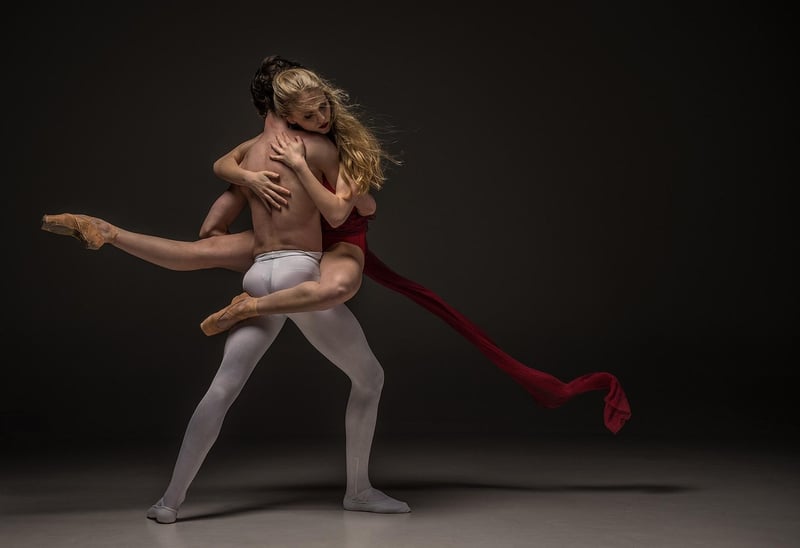Contemporary
The Power of Expressive Movement in Contemporary Dance

Contemporary dance is a dynamic and expressive art form that allows dancers to push boundaries, challenge conventions, and communicate emotions through movement. At the heart of contemporary dance lies the concept of expressive movement, where dancers use their bodies to convey powerful messages and connect with audiences on a deep level.
What is Expressive Movement?
Expressive movement in contemporary dance involves using the body as a tool for self-expression and communication. Dancers explore a wide range of movements, from fluid and graceful to sharp and angular, to convey emotions, ideas, and stories. Through expressive movement, dancers can break free from traditional techniques and create unique, personal choreographies that resonate with audiences.
The Importance of Authenticity
In contemporary dance, authenticity is key to creating impactful performances. Dancers are encouraged to embrace their individuality, explore their own movement styles, and express their emotions genuinely. By staying true to themselves and their experiences, dancers can create authentic and compelling performances that leave a lasting impression on viewers.
Embracing Creativity and Innovation
Expressive movement in contemporary dance also celebrates creativity and innovation. Dancers are encouraged to experiment with new movements, explore unconventional techniques, and push the boundaries of traditional dance forms. By embracing creativity and innovation, dancers can create fresh, exciting choreographies that challenge the status quo and inspire audiences.
Connecting with Audiences
Through expressive movement, contemporary dancers can forge powerful connections with audiences. By sharing their emotions, stories, and perspectives through movement, dancers can evoke strong emotions in viewers and create meaningful, immersive experiences. The ability to connect with audiences on a visceral level is what sets contemporary dance apart and makes it such a captivating art form.
Conclusion
Expressive movement plays a central role in contemporary dance, allowing dancers to express themselves authentically, embrace creativity, and connect with audiences in profound ways. By pushing boundaries, challenging conventions, and communicating through movement, contemporary dancers continue to inspire, provoke thought, and evoke emotions with their powerful performances.
